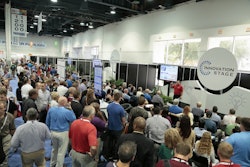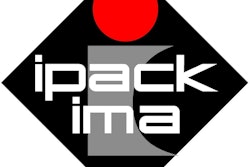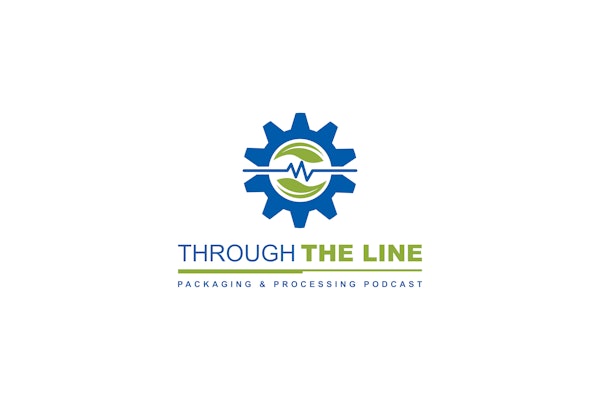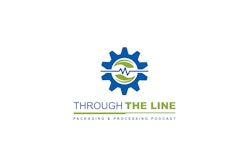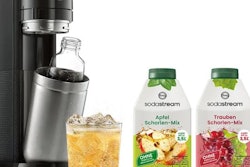Lightweighting is achieved by reducing the mass of the packaging, analogous to a person’s weight-loss program. Lightweighting should not be confused with source reduction, although both result in packaging that weighs less. Source reduction can cross categories, i.e. a flexible package is substituted for a rigid package. Lightweighting retains the category, i.e. a package becomes a lighter version of itself. Another distinction is timing. As a generality, source reduction is practiced on a package under initial development, whereas lightweighting is practiced on a commercialized package.
When sustainability became an expected consideration in packaging, lightweighting was a ready-made option, for two main reasons: it was applicable to all categories of packaging and decision-makers were experienced in it. Regarding the latter, the motive for lightweighting had long been cost-reduction, consistent with the philosophy of setting packaging criteria, then meeting them in the most cost-effective manner. That philosophy still applies; however, decision-makers should guard against unintended breaches committed in the name of sustainability.
Just as a person can lose weight to the point of compromised health, packaging can be lightweighted to the point of compromised effectiveness. The consumer should be the focus; for, if the targeted consumer rejects the packaging, all resources expended by the company will have been for naught.
Lightweighted packaging should not be perceived by the consumer as being flimsy. Not only is that a knock aesthetically, but it can also undermine confidence in the packaging’s performance, and not necessarily limited to product protection. An example is when reduced rigidity renders the packaging less convenient to grab, handle, and dispense. PET bottles for plain water, if not already at that point, are close to it. An opposing example is water that is flavored, nutritionally-enhanced, or otherwise differentiated. Their PET bottles are sturdier and often of proprietary design, consistent with the premium-priced products. The tactile appeal of packaging is of increasing importance, as haptics (the study of touch) becomes more incorporated into packaging strategy.
Care should be exercised so as not to choose lightweighting as the solution to the wrong problem. The aforementioned bottles for plain water, again serve as an example. Even if they become paper-thin, it would not appease the people who regard the problem as one of quantity. Those people—and their numbers are legion—recite how many times end-to-end placed bottles can encircle the Earth or how many times those bottles can extend to the moon and back. Such recitations can’t be countered by lightweighting alone. The better, fuller response is to emphasize that water is life-essential, the bottled form provides convenience, production numbers prove consumer acceptance, and the bottles are sustainable because they’re lightweighted and recyclable.
Considerations, nonetheless, should extend beyond the consumer; for example, lightweighting should not be carried out to the extent of unduly hampering plant operations. Such would be the case if the lack of heft makes the packaging unsuitable for the desired conveyor speeds or filling rates. Another consideration is performance throughout the supply chain. It’s not only about surviving physical forces encountered during transportation. There’s also the ability of lightweighted packaging to withstand compressive forces encountered during storage; for, if overlooked, the result can be collapsed loads in the warehouse.
If lightweighting is to make meaningful strides, it needs different methods, ones that reduce weight but with fewer limitations. That future resides in technological advances in the areas of materials, design, and testing.
Needed are materials that can be thinned as much as, if not more than, current materials while outperforming those current materials. Taking plastics as the example, challenges could be met with new formulations for resins. Ideally, so as not to reduce prospects for recycling, the new formulations would fall within the SPI (Society of the Plastic Industry) Resin Identification Code.
Designs need to make strategic use of features that compensate for less mass. To a degree, panels and ridges in plastic bottles achieve that aim. Another avenue of attack is to rethink the long-standing practice of uniform wall thicknesses. The objective would be to distribute more material into areas that could best benefit from it functionally and less material into those areas of lesser need. Plastics and glass manufacturing are candidates but not without changes in mold-making and even in container-blowing equipment.
Computerization provides prodigious opportunities for advances in everything related to lightweighting; however, it is underutilized in testing, whether the testing concerns product/package compatibility, shelf-life, or physical distribution, or whether it’s performed in the field or in the laboratory. There are benefits to real time data from computerized equipment over having to interpret results after the fact. And who’s more reliably equipped, the tester with the computer tablet or the one with the clipboard? There are gains to be made in integrating the various tests, rather than managing them as stand-alone endeavors. Smart testing generates intelligence quicker, which in turn can quicken speed-to-market.
There is risk in lightweighting; after all, it equates to expecting less packaging to do what more packaging had been doing. Some companies lightweight cautiously, in stages, over years, in the meantime proclaiming each reduction as a commitment to sustainability. A more effective approach is to know the limits of lightweighting and to utilize technologies to reach them in fewer attempts (if not in a single attempt). The company then would need to continually monitor technology horizons to remain state-of-the-art.
Lightweighting has been around as long as packaging, itself. Straight-thinking companies don’t intentionally commit overpackaging; rather, they believe that the benefits derived from their chosen amounts of packaging justify the costs. But it’s a new day, marked by new considerations, redefining what constitutes overpackaging. New, bold initiatives are needed, and that’s not an undertaking for lightweights.
___________________________________________________________________________________________
Sterling Anthony is a consultant, specializing in the strategic use of marketing, logistics, and packaging. His contact information is: 100 Renaissance Center- P.O. Box 43176; Detroit, MI 48243; 313-531-1875 office; 313-531-1972 fax; [email protected]; www.pkgconsultant.com



